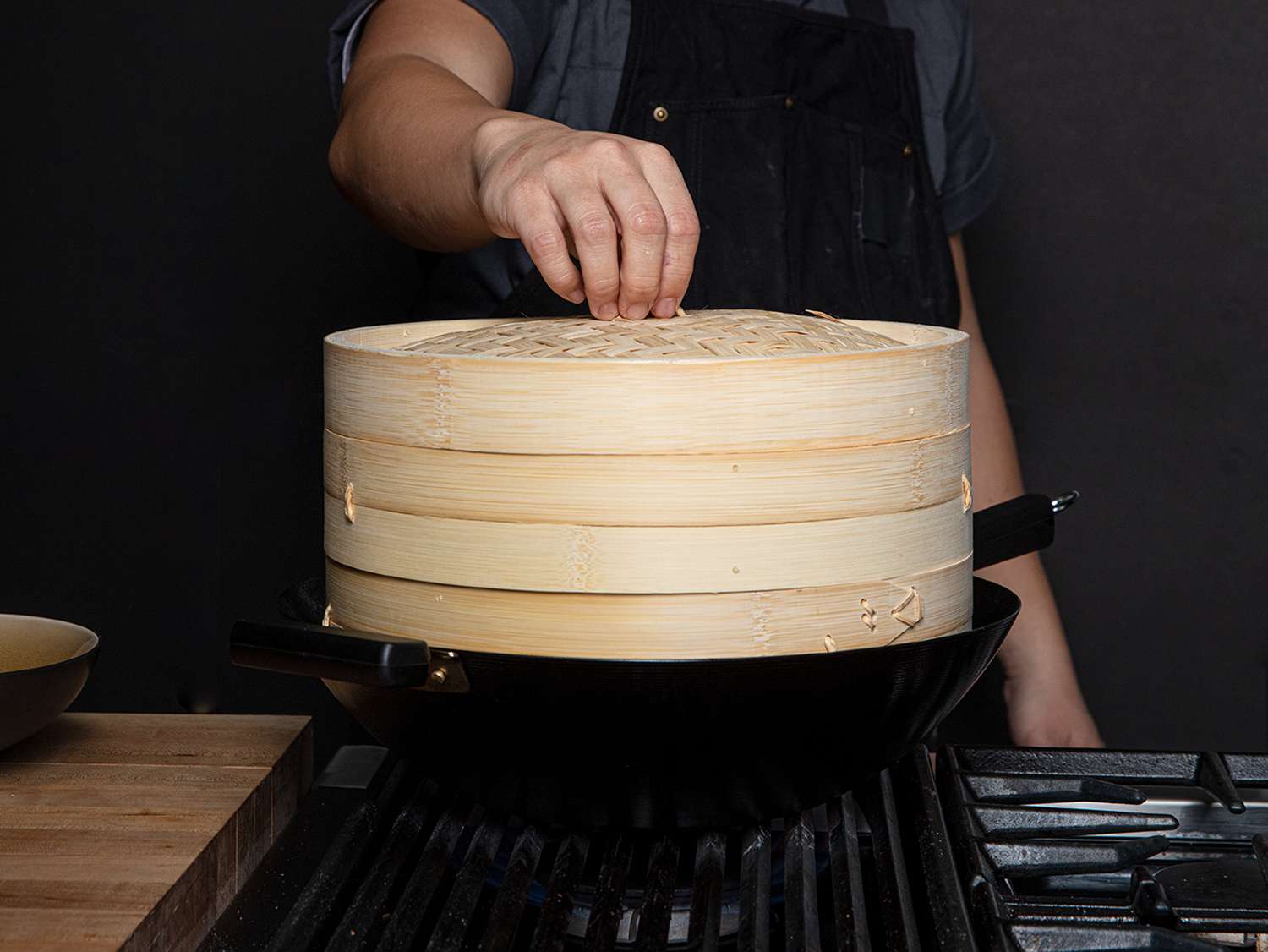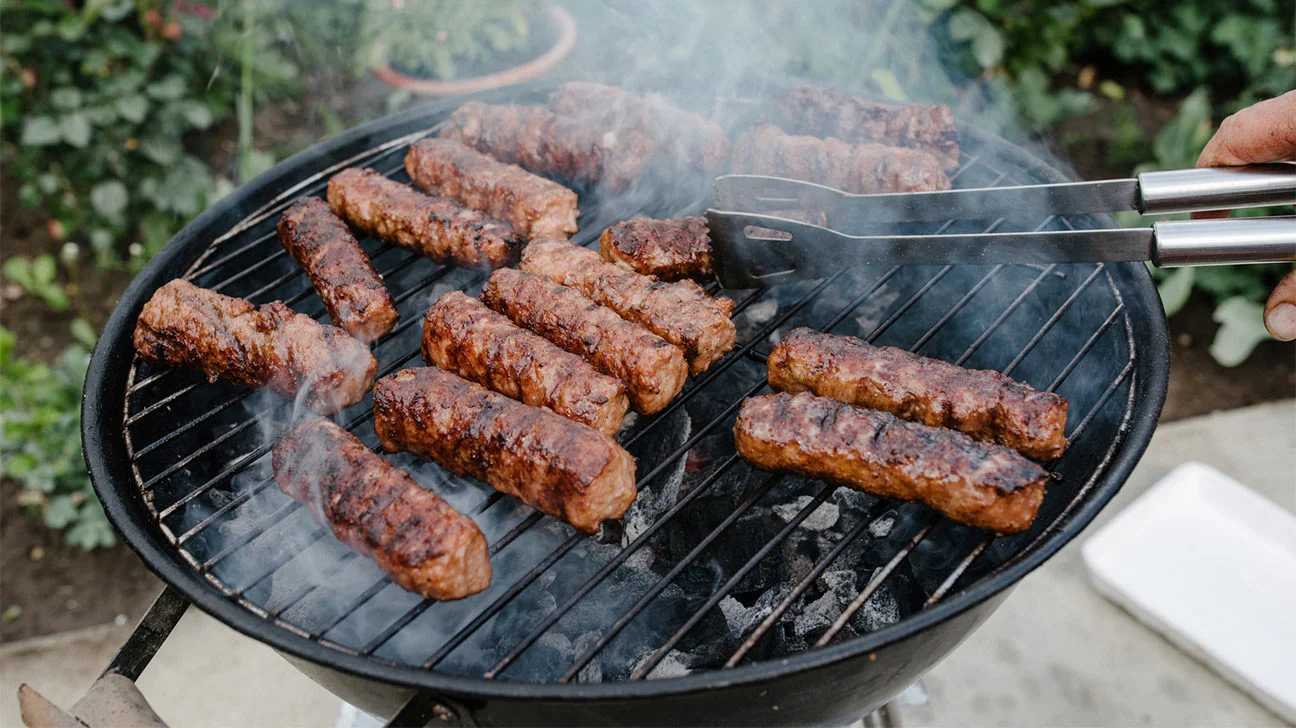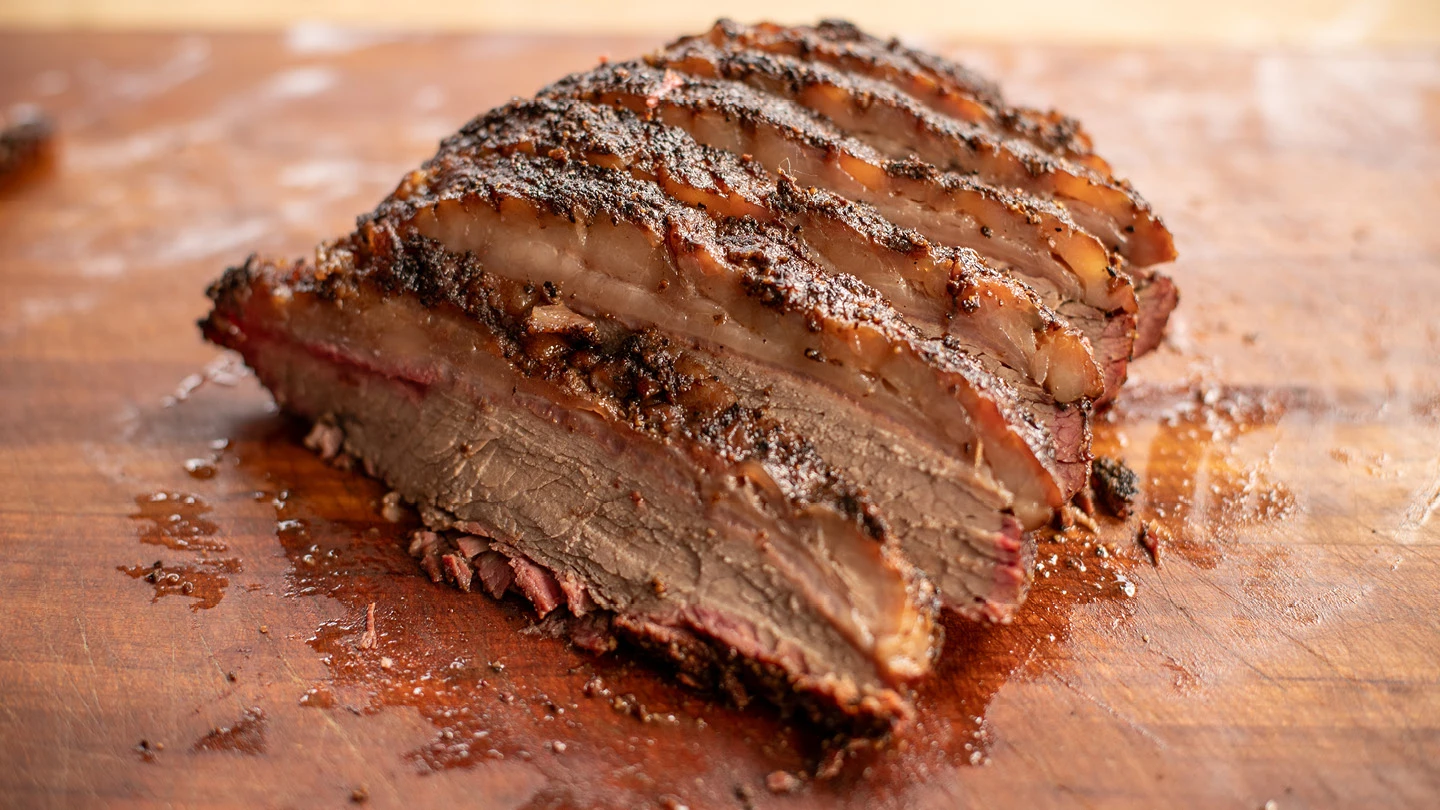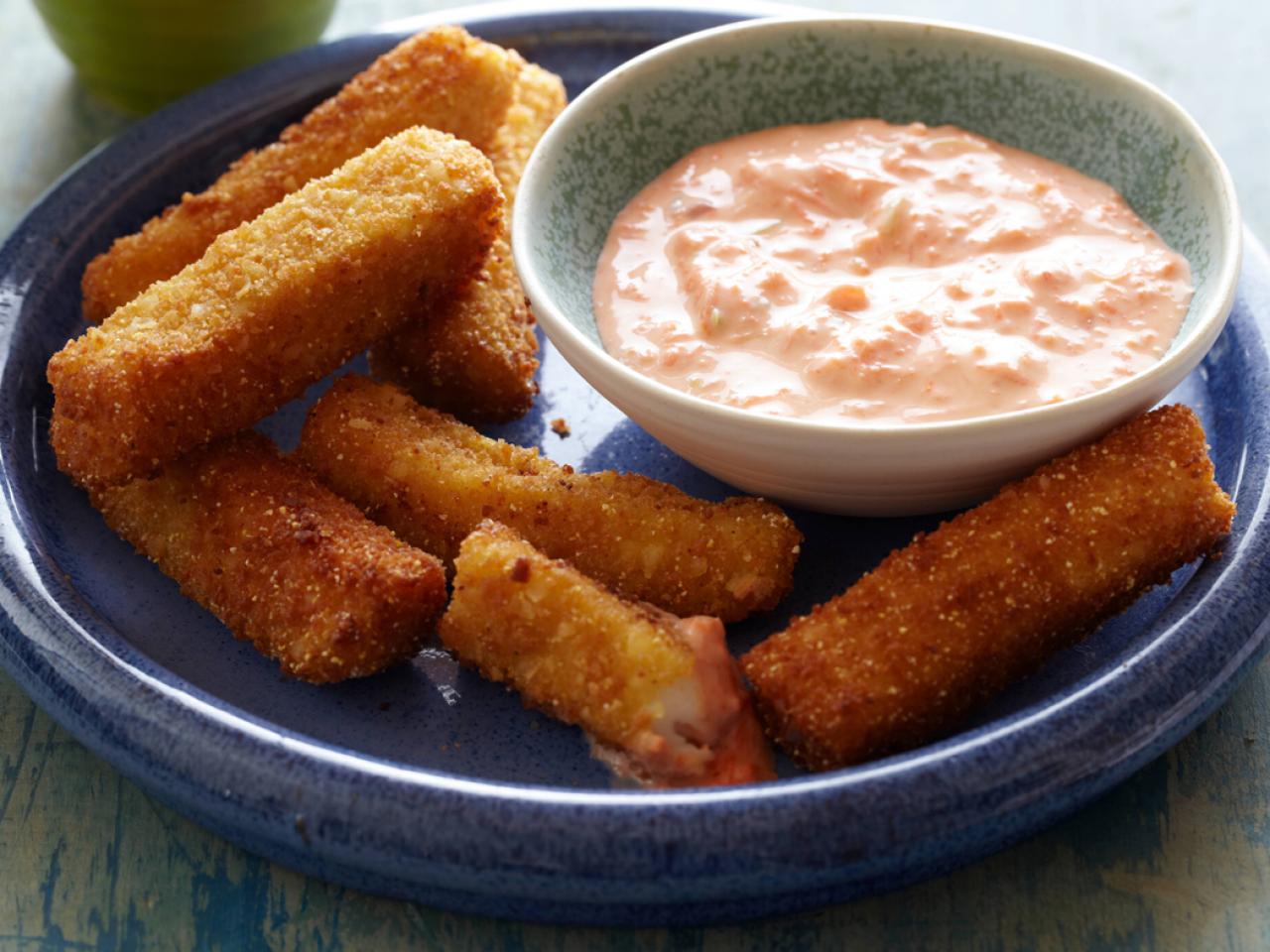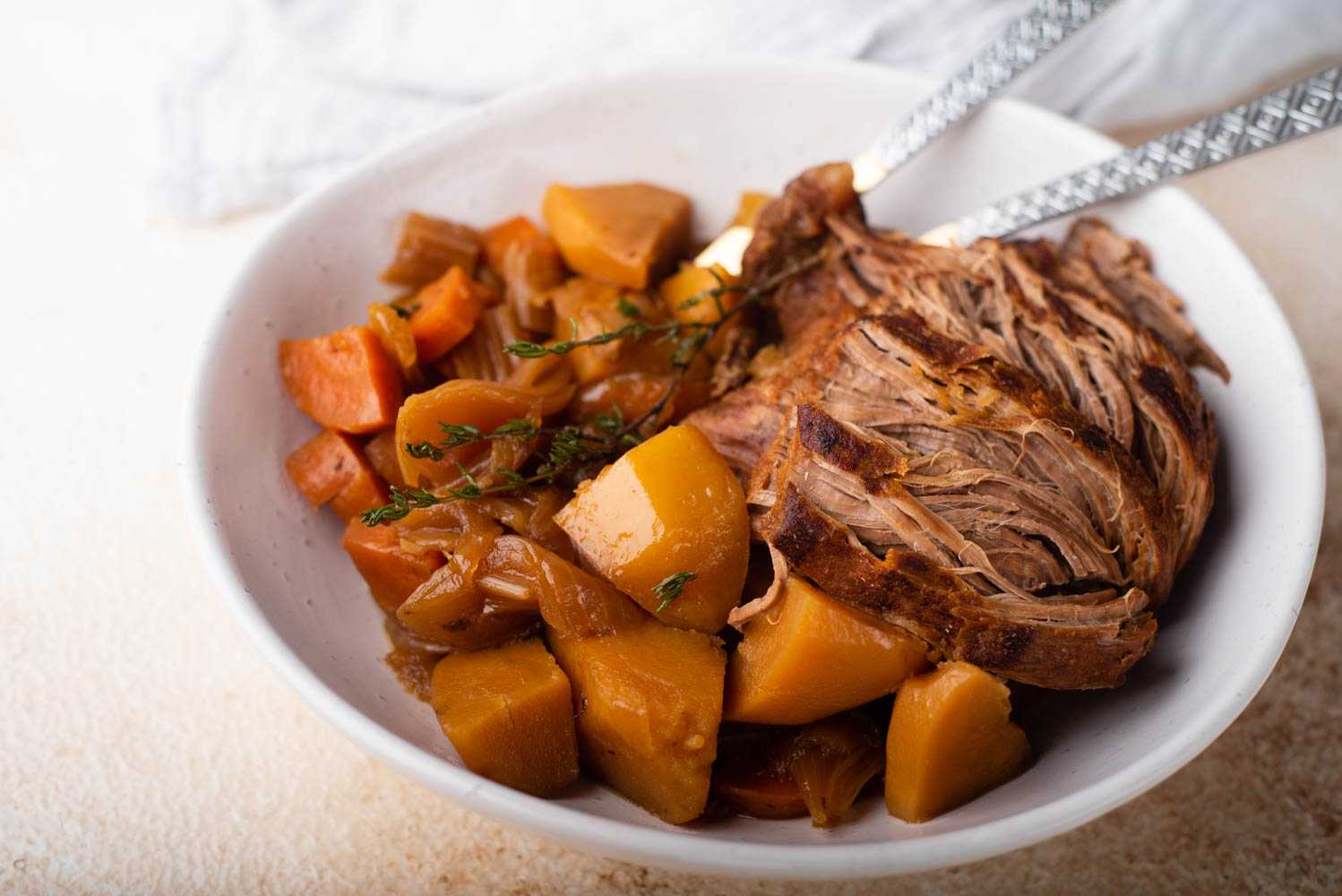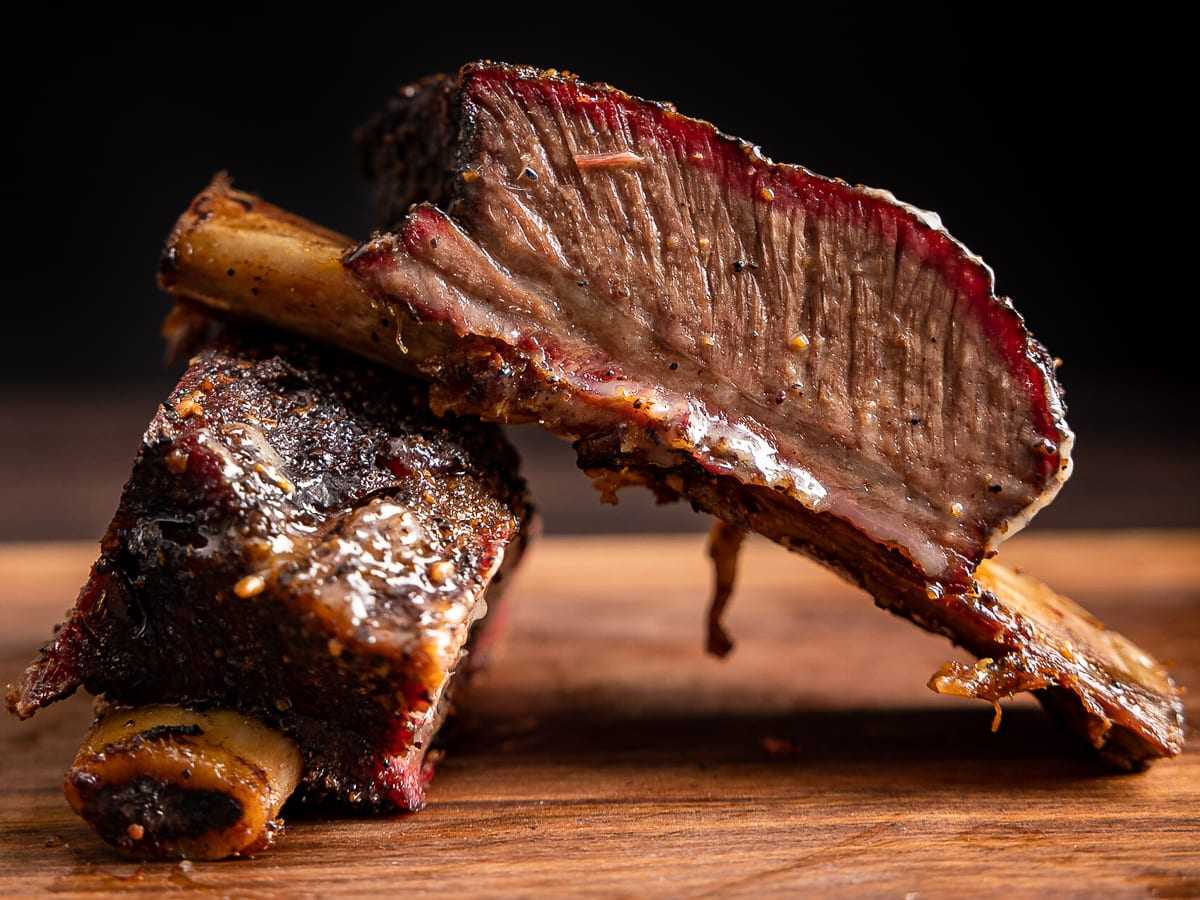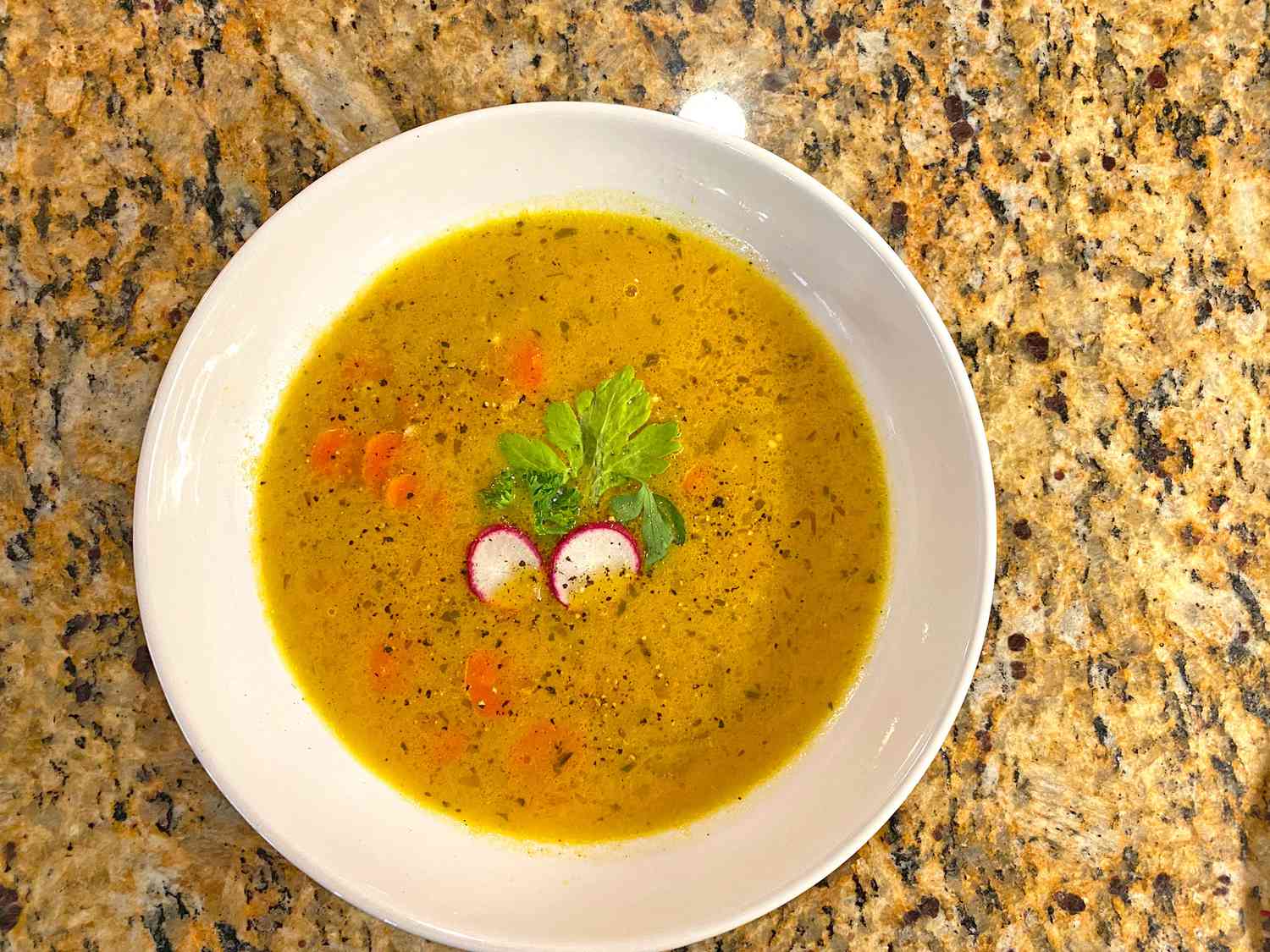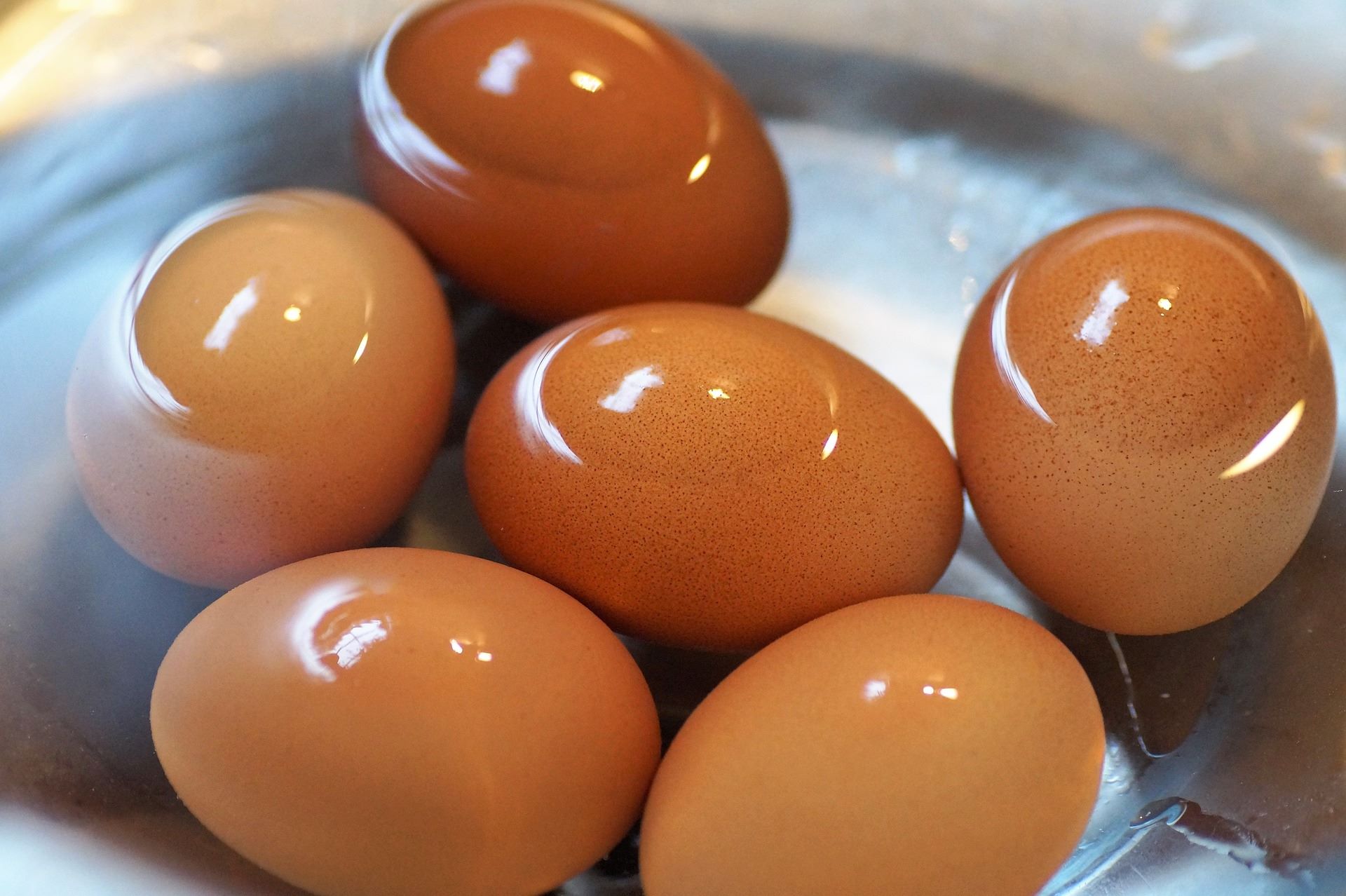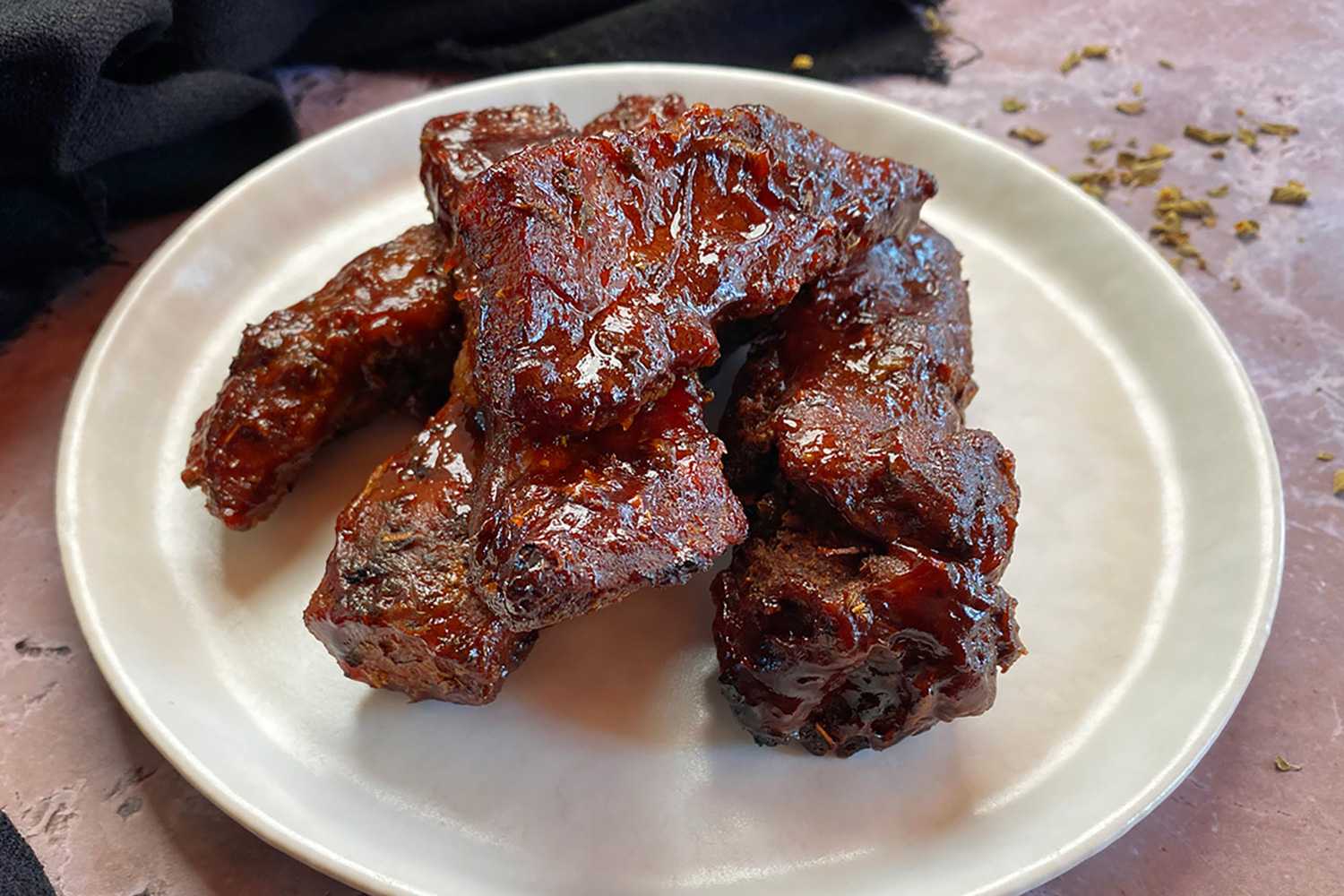Unlock the Secrets of Cooking Perfect Bean Thread Noodles for Your Spring Rolls
Spring rolls are a delightful and refreshing dish that can be enjoyed as an appetizer or a light main course. The key component of spring rolls is the filling, and one of the most popular choices is bean thread noodles. These translucent noodles, also known as glass noodles or cellophane noodles, are made from mung bean starch and are famous for their chewy texture and ability to absorb flavors.
If you’re eager to impress your family and friends with your culinary skills, mastering the art of cooking bean thread noodles is a must. Let’s dive right in and learn the step-by-step process of achieving perfectly cooked noodles for your homemade spring rolls.
Step 1: Preparation
Before you start cooking the bean thread noodles, gather all the necessary ingredients:
- Bean thread noodles
- Boiling water
- A pinch of salt
Step 2: Soak and Soften
Place the bean thread noodles in a large bowl and cover them with boiling water. Add a pinch of salt to enhance the flavor. Use a fork or chopsticks to gently stir the noodles, ensuring they are fully immersed in the water. Allow the noodles to soak for about 5-7 minutes until they become soft and pliable.
Step 3: Rinse and Drain
Once the noodles have softened, drain them in a colander and rinse them thoroughly with cold water. This helps to remove any excess starch and prevents the noodles from sticking together.
Step 4: Cut and Prepare
After rinsing and draining the noodles, transfer them to a clean cutting board. Use a sharp knife or kitchen scissors to cut the long strands into shorter, more manageable lengths. The ideal length of the noodles for spring rolls is about 3-4 inches.
Step 5: Incorporate in Spring Rolls
Your bean thread noodles are now ready to be used in your spring roll recipe. In a separate bowl, combine the noodles with your desired vegetables, protein, and seasonings. Toss everything together until well mixed, and then use the filling to assemble your spring rolls.
Remember, one of the beauties of spring rolls is the versatility of ingredients you can use. Feel free to experiment with different vegetables, herbs, and even meat or tofu options to create your own unique spring roll masterpiece.
Enjoy the Fruits of Your Labor
Now that you’ve mastered the art of cooking bean thread noodles, it’s time to sit back, relax, and enjoy the delectable spring rolls you’ve created. Serve them with your favorite dipping sauce, such as a tangy peanut sauce or a sweet and spicy chili sauce, and let the flavors dance on your palate.
Spring rolls make for a fantastic appetizer at dinner parties, potlucks, or just for a fun family night in. So why not impress your loved ones with your newfound culinary expertise? With these simple steps, you can confidently cook bean thread noodles for your spring rolls like a pro!
More Delicious Recipes Featuring Bean Thread Noodles
Now that you've mastered the art of preparing bean thread noodles for spring rolls, why not test your skills with a variety of dishes that showcase these versatile noodles? From Classic Vietnamese Spring Rolls to Thai Glass Noodle Salad, each recipe offers a unique way to enjoy glass noodles. I recommend trying the Korean Japchae for its savory depth and the Fresh Vegetable and Glass Noodle Spring Rolls for a lighter, healthier option. These recipes not only broaden your cooking repertoire but also impress with their delightful flavors and textures.
Was this page helpful?
Read Next: How To Cook Potatoes Faster In The Oven

